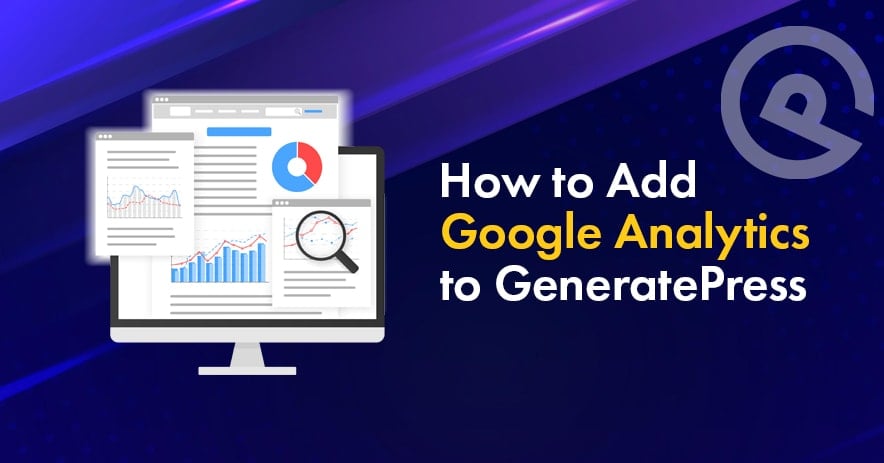
PHOTO:
Daria Nepriakhina 🇺🇦 on Unsplash
2022 has seen a revival of interest and discussion around integrating personalization into marketing strategies at scale, and being successful in any personalization initiative today means embracing first-party data.
Using first-party data to inform your personalization programs is a cornerstone of data-driven, customer-centric strategies intended to serve digital-first consumers. And with the inevitable death of third-party cookies by Google due to security and privacy concerns, businesses need to get comfortable relying on first-party data to do things like ad targeting and personalization.
Consumers today are much more digital-centric in their behaviors than they were just a few years ago, so understanding them cannot be understated in importance. It is estimated that COVID-19 accelerated the shift from brick and mortar to online shopping by 10 years in just 90 days’ time.
In today’s increasingly unpredictable business environment, delivering personalized customer experiences and ads is now a basic requirement your customers have come to expect. Consumers gravitate toward brands that pay attention to their specific wants and needs as rounded individuals.
Modern brands are turning increasingly towards first-party data to get a richer understanding of their customers and create the types of dynamic experiences digitally-savvy customers have come to expect.
What Is First-Party Data?
Recently I wrote an article examining the differences and use-cases for different types of data, from first-party to zero-party data. Today we will talk more about the value of first-party data in informing personalization strategies.
In short, first-party data is data that is collected with consent directly from interactions with customers on your own channels. Examples of first-party data include:
- Web activity
- Demographic data
- Purchase history
- Sales interactions
- Call center calls
- Customer feedback
- Behavioral data
First-party data is considered the most valuable type of data since it’s collected directly from customers and is typically more accurate and relevant to your particular industry and market.
Today, data is the fuel modern companies run on. How you ingest, integrate and measure data should be under constant review and optimization.
First-Party Data and Personalization
As Google phases out the use of third-party cookies, it will force most brands to begin using first-party data to inform the personalization of things like ads and the digital customer experience.
In 2022 and beyond, organizations who have not done so yet should focus on collecting as much first-party data as possible from owned sources, like tapping into web analytics tools for website usage or using surveys and questionnaires to understand their customers better.
One drawback for companies that are new to first-party data is they may find not having access to the same third-party data their competitors use as a potential drawback. Sharing data gives a certain amount of insight into your competitors’ strategies and goals.
But the flip side is the advantages of first-party data for personalization far outweigh the drawbacks of sharing data. With first-party data, you now understand your actual visitors and customers directly, making personalization tactics much more effective.
“Day-to-day, the switch away from third-party data is unlikely to impact the marketing world in a massive way,” said Neil Patel in his recent blog post. “Most brands will begin to rely on first-party data more; however, Google is also creating what they call a “privacy sandbox” to allow brands to target users without invading their privacy.”
Leveraging First-Party Data
As I mentioned, you want to start collecting first-party data from low-hanging fruit data sources. Look to web channels, mobile apps, offline point-of-sale sources, CRM, email, SMS and call center data to provide a solid foundation of first-party data to work from. This foundation will give you a much more comprehensive view of your customers as rounded individuals.
This type of first-party data is critical to fully understanding the customer journey and personalizing the customer experience and content across all channels, as well as targeting and tailoring ads much more effectively.
McKinsey found that companies that leverage personalization effectively generate 40% more revenue than companies that don’t. They also found that personalization can reduce CAC by up to 50% while increasing marketing spend efficiency by up to 30%.
Leveraging first-party data effectively for personalization is good for your customers, and your business, improving marketing performance and business outcomes.
Personalization Is Big Business
Personalization, which a few years ago was more about addressing an individual use case, is now being deployed at scale across the world for global corporations.
The global personalization software market was $764.30 million in 2021 and is expected to reach $943.25 million in 2022, at a CAGR of 23.58%, reaching $2.72 billion by 2027, according to 360i Research (reg. required).
The recommendation engine market size is expected to reach $12.03 billion by 2025, with a CAGR of 32.39% from 2020–2025, said IndustryARC.
Personalization Future Trends
Today and tomorrow, in the wake of COVID-19, understanding your customers as full individuals and delivering them the content, messaging and experiences they expect is a basic requirement to do business.
71% of consumers expect companies to deliver personalized interactions, said McKinsey.
Looking forward, personalization will move towards omnichannel experiences driven by expanding customer expectations for a more unified brand experience across the customer journey. Brands must develop a more personal, one-to-one relationship with their customers using deep contextual personalization driven by first-party data.
72% of consumers said they expect the businesses they buy from to recognize them as individuals and know their interests, said McKinsey.
Looking Forward
Leveraging personalization using first-party data to increase customer satisfaction and create business value is a critical differentiator for businesses that want to remain competitive in an increasingly digital marketplace.
A carefully planned and executed first-party data personalization strategy can help increase customer engagement by delivering relevant personalized content, ads and experiences in real-time to your customers.
First-party data can super-charge your personalization strategy, enabling companies who use it effectively to improve customer acquisition costs, generate more revenue and improve the efficiency of their marketing campaigns.







